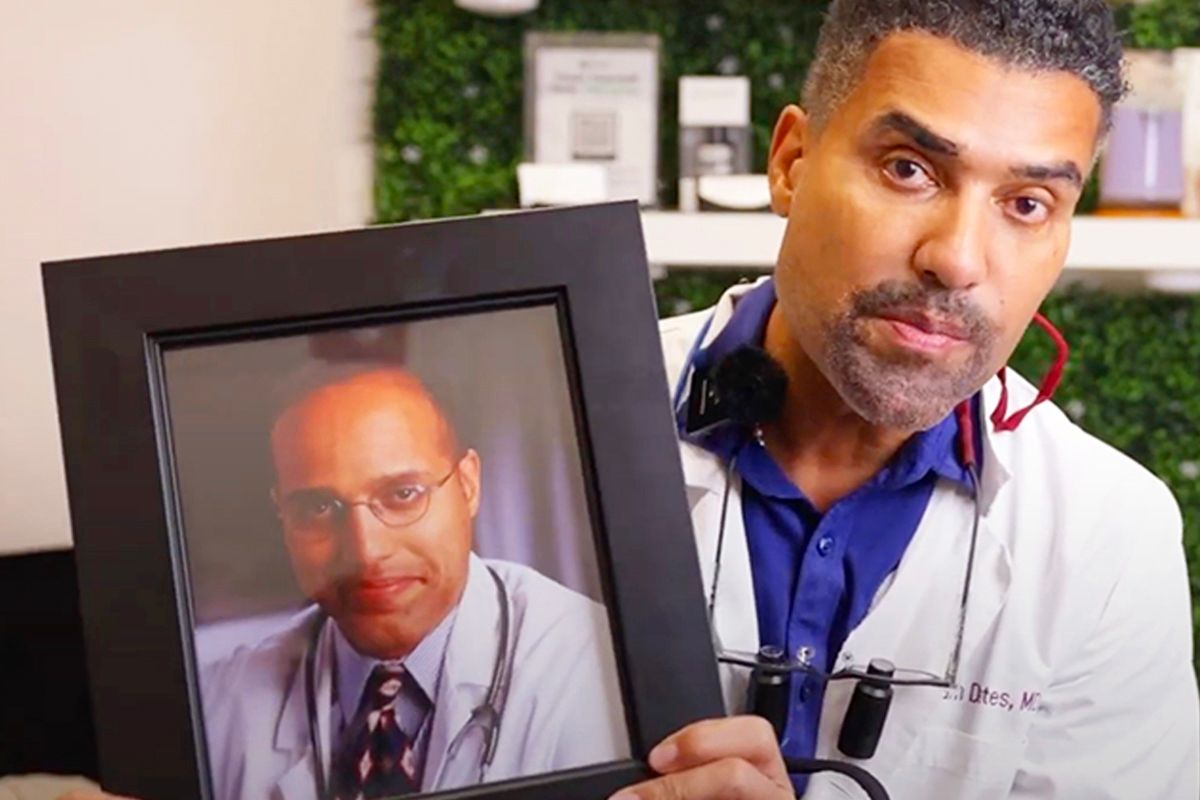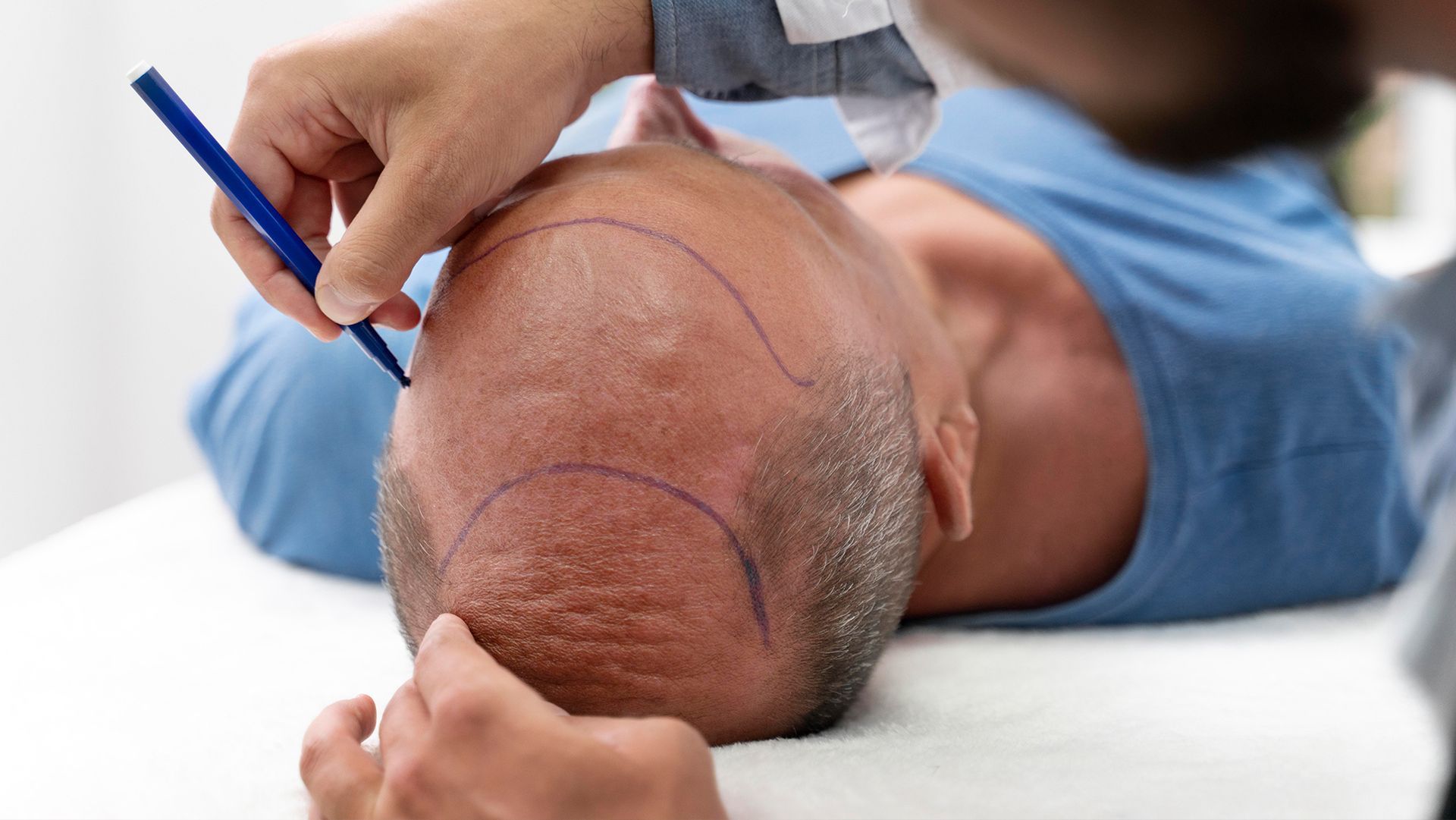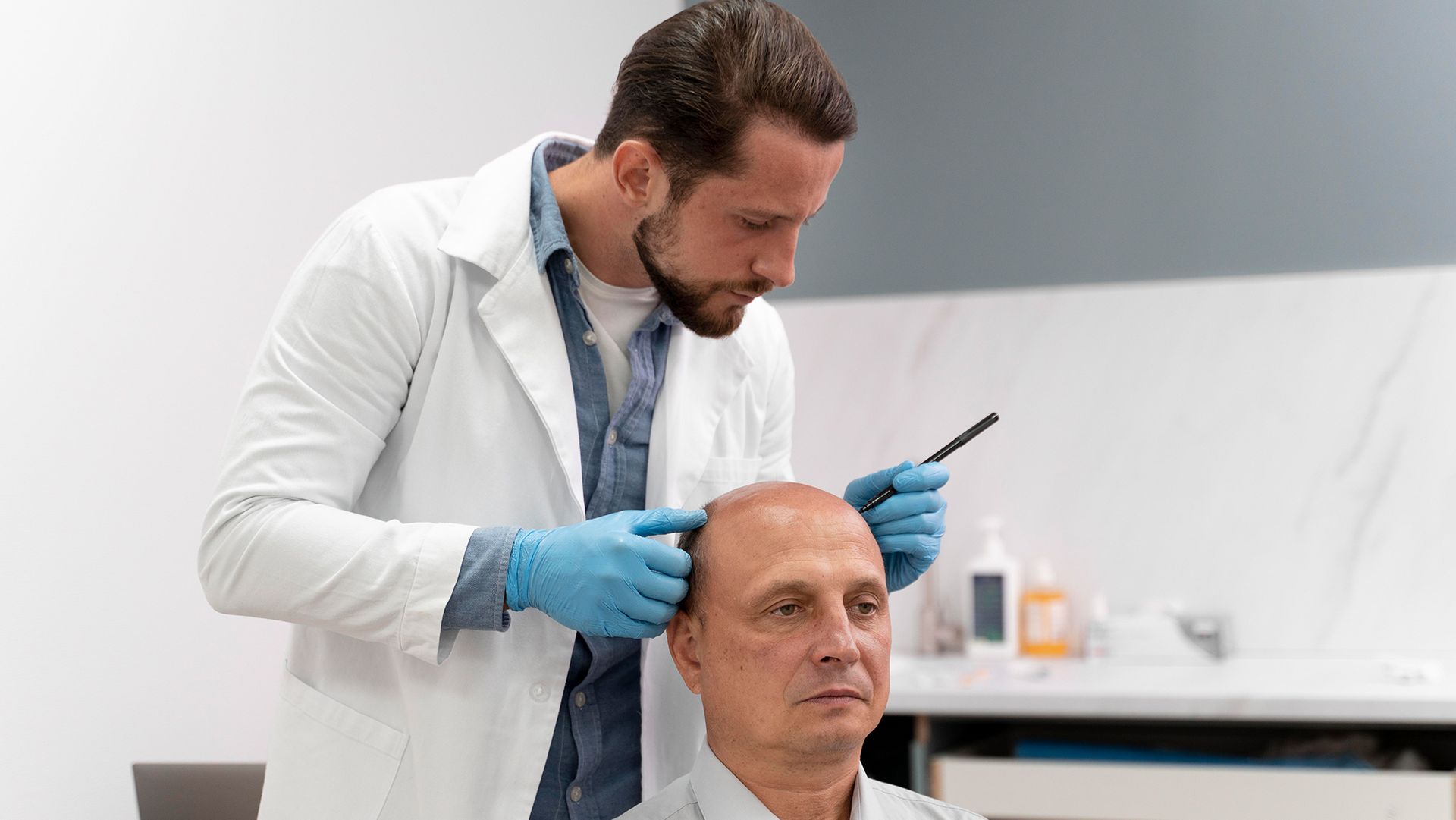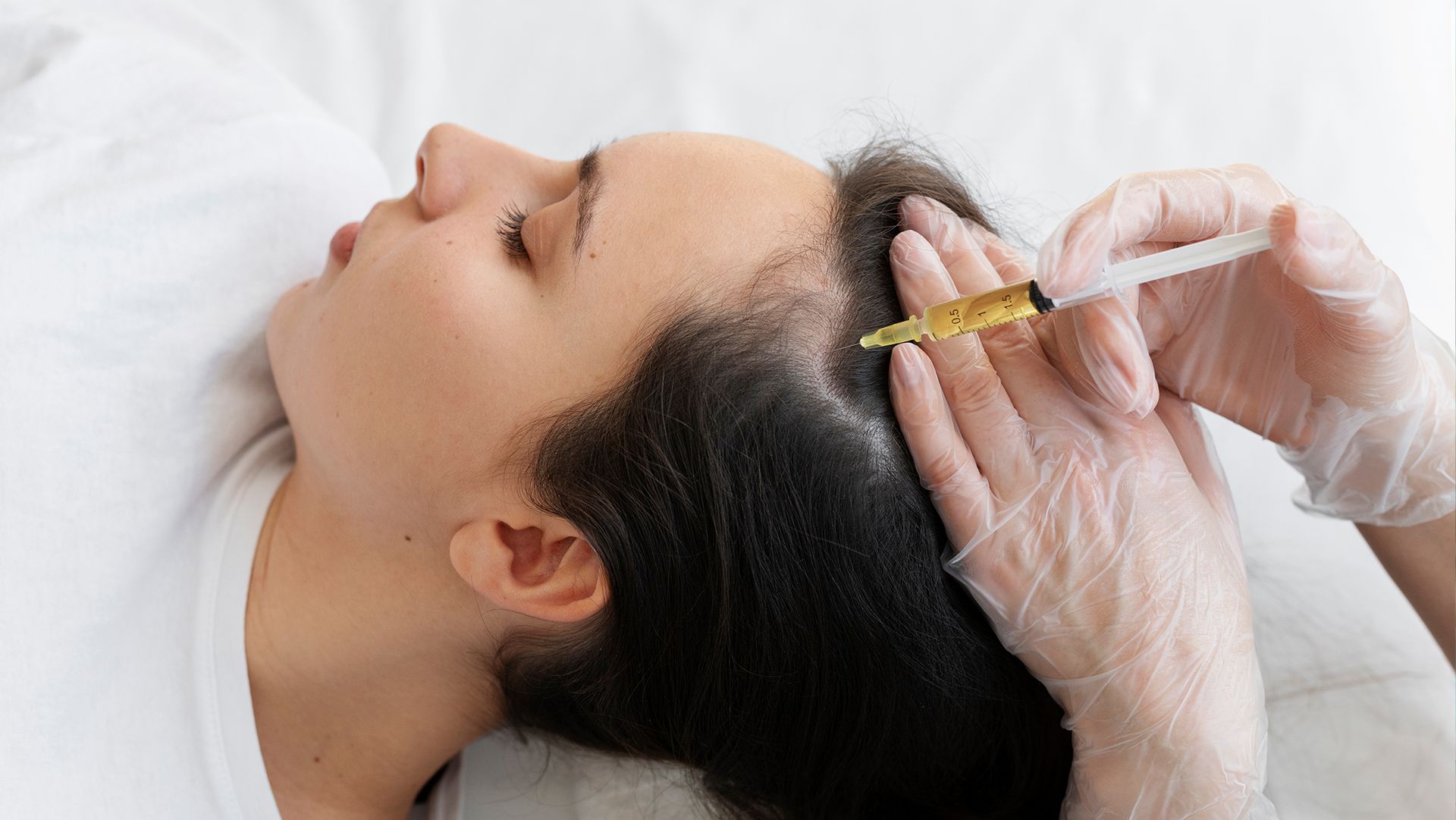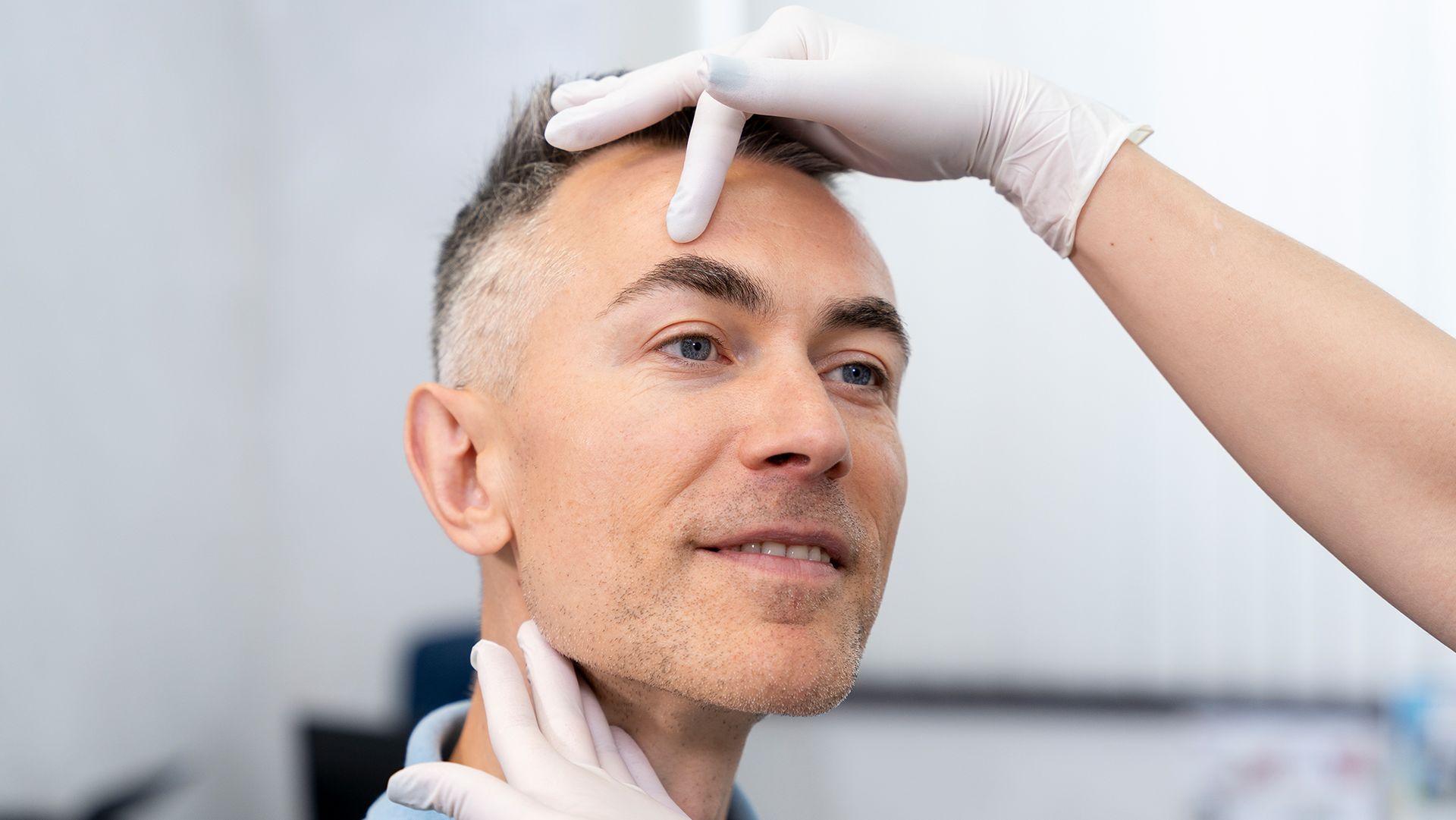How to Cover Up Balding Crown and Other Signs of Hair Loss

According to statistics, 1 out of 2 individuals will experience progressive hair loss in their lifetime. One of the first few signs they may notice is a balding crown.
In most cases, it takes a while before the hair loss becomes noticeable unless it occurs in conjunction with other symptoms. Even so, you might ask, what can you do about it?
Keep reading as we delve into different ways how to cover up balding crown and other potential signs of hair loss.
Wear a Wig
A common way to fix this concern without touching your hair is wearing a wig. It’s also ideal for those who notice thinning in more parts of their hair.
If you want to keep the natural look, you can choose a wig that’s the same color as your hair color. Consider a wig with a different style or length since you can cut it to fit your natural hair.
Change Your Hairstyle
Your hair’s cut or style can help you hide balding or thinning spots. You can ask your regular hair stylist for a crown weave or experiment with different styles yourself, like combing it over or adding more volume.
Be wary of the potential causes of your hair loss to ensure you aren’t causing more harm than good, especially if you’re dealing with traction alopecia caused by tension or chemical exposure.
Get a Scalp Massage
A study shows that almost 70% of people were able to notice a change in their hair thickness after getting a scalp massage. It primarily happens because the pressure allows for better blood flow.
With this, it can promote your hair follicles to grow more. Keep in mind that it takes a while to see noticeable changes with this method without other interventions.
Although a scalp massage feels more relaxing when you get professional services, it can be as simple as doing it on your own in the shower. If you do so, many suggest using anti-thinning shampoos to give your hair growth an extra push while nourishing your follicles.
Use Essential Oils
Different types of essential oils have the components to promote hair growth while offering other effects. In this case, you want to dilute it first with carrier oil and try patch testing to ensure it works with your skin.
Avoid applying the oil directly onto your skin without diluting it to prevent damage. You can also use it at the same time as a scalp massage.
You want to choose an essential oil that addresses other concerns to boost its use and ensure better results.
Take Vitamins
Hair loss vitamins and supplements are a great way to ensure your follicles get the nutrients they need for healthy growth. To get the best results, be sure to only take it as advised.
A few options that help with hair loss or a balding crown include biotin and omega-3 fatty acids. You can also consult a professional to ensure you take the right vitamins and supplements for your condition.
Remember that this doesn’t replace your typical medication or meals. Instead, you should use it to complement and support the effects of a proper diet and other treatments.
Try Medication
Depending on the severity of your baldness or hair loss, you might be advised to take medication instead. Some of the popular options include the following:
- Minoxidil: This is a topical scalp medication that requires application twice a day. It requires consistency to showcase effective results since the treatment can last a few months.
- Finasteride: This oral medication is often taken once a day, decreasing the component that shrinks the size of your hair follicles.
- Dutasteride: This is another medication you take orally and works similarly to Finasteride. At the same time, it increases hair count, width, and growth.
Before you take any medication, it’s important to consult your doctor to determine the best option considering your case. They can also help you understand the pros and cons without exposing your hair to further damage.
You can also ask your doctor about other hair loss-specific products before jumping into medications or treatments.
Consider Cosmetic Treatments
Aside from taking medication, you can also get cosmetic procedures, both invasive and non-invasive. The option you choose depends on your personal preferences or what your doctor prescribes.
An example of a non-invasive treatment is
laser therapy. Here, your doctor uses a laser to send light particles to your hair follicles to boost its growth. It also works well when you have it with other hair loss-related products or procedures.
For surgical procedures, you will usually find two types of hair transplant methods. The type you choose can vary based on what you want to cover, but it can also depend on your condition. These options are as follows:
Follicular Unit Transplantation
FUT is a technique that requires your surgeon to cut a strip of your scalp, take the hair follicles from the strip, and implant them onto the thinning areas. Because of the nature of the treatment, you can expect scarring and stitches in different places.
Follicular Unit Extraction
Some find this less invasive than FUE because of the difference in the device and technique used. Instead of taking a strip of your scalp, the hair follicles are harvested directly before being implanted into the new area. While it can reduce the chances of scarring, it requires you to have enough hair follicles available for harvesting.
Find Ways How to Cover Up Balding Crown and Hair Loss Signs
Learning how to cover up balding crown and other hair loss signs is one way to boost your confidence in your appearance. Your options can go from barely touching or changing your hair to getting a surgical procedure. The choice depends on what you feel comfortable with!
Either way, you want to consider other factors when deciding what to pick. If you don’t mind something temporary, a wig or hairstyle change may suffice. But for long-term results, many recommend getting medication or cosmetic procedures, particularly invasive options.
